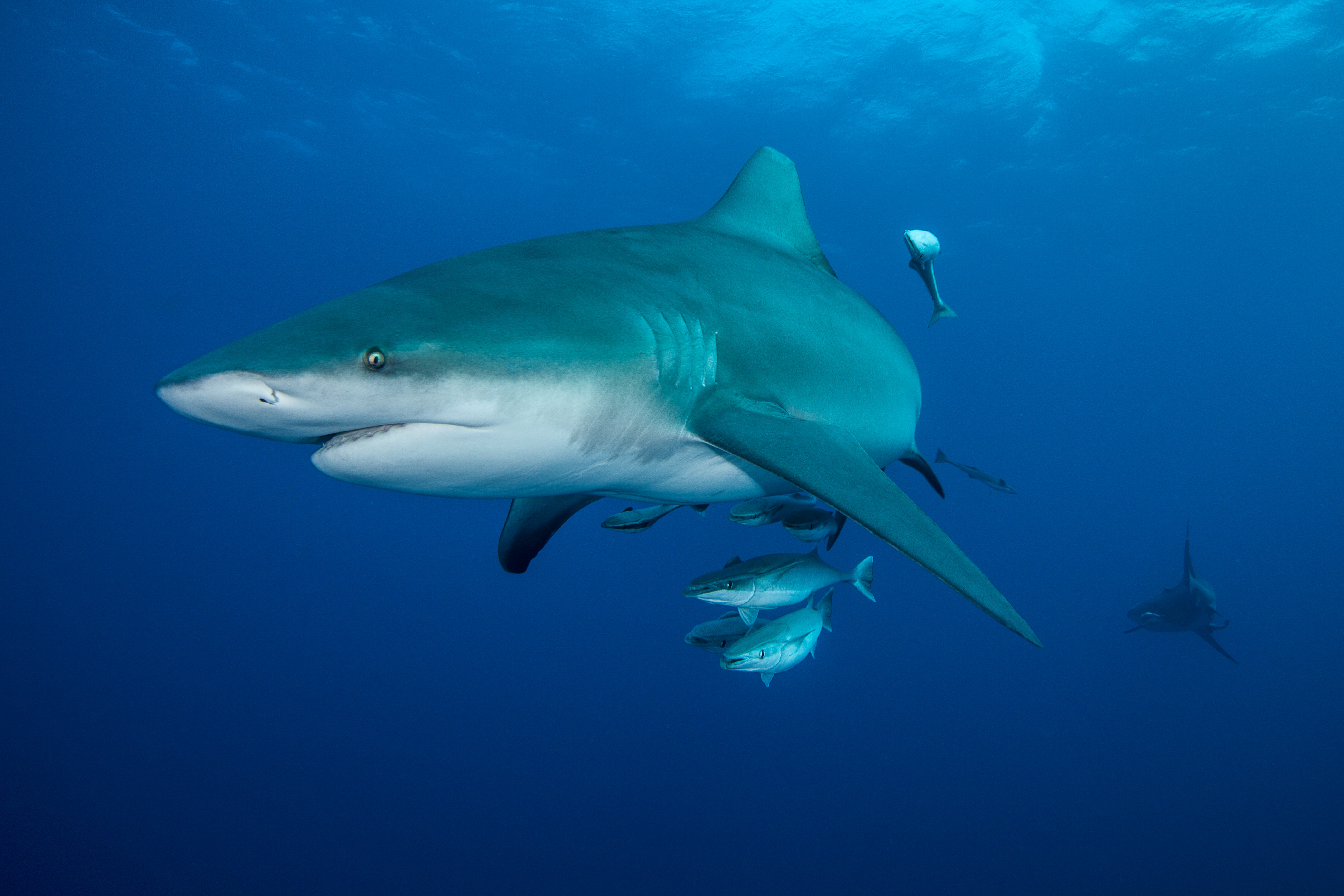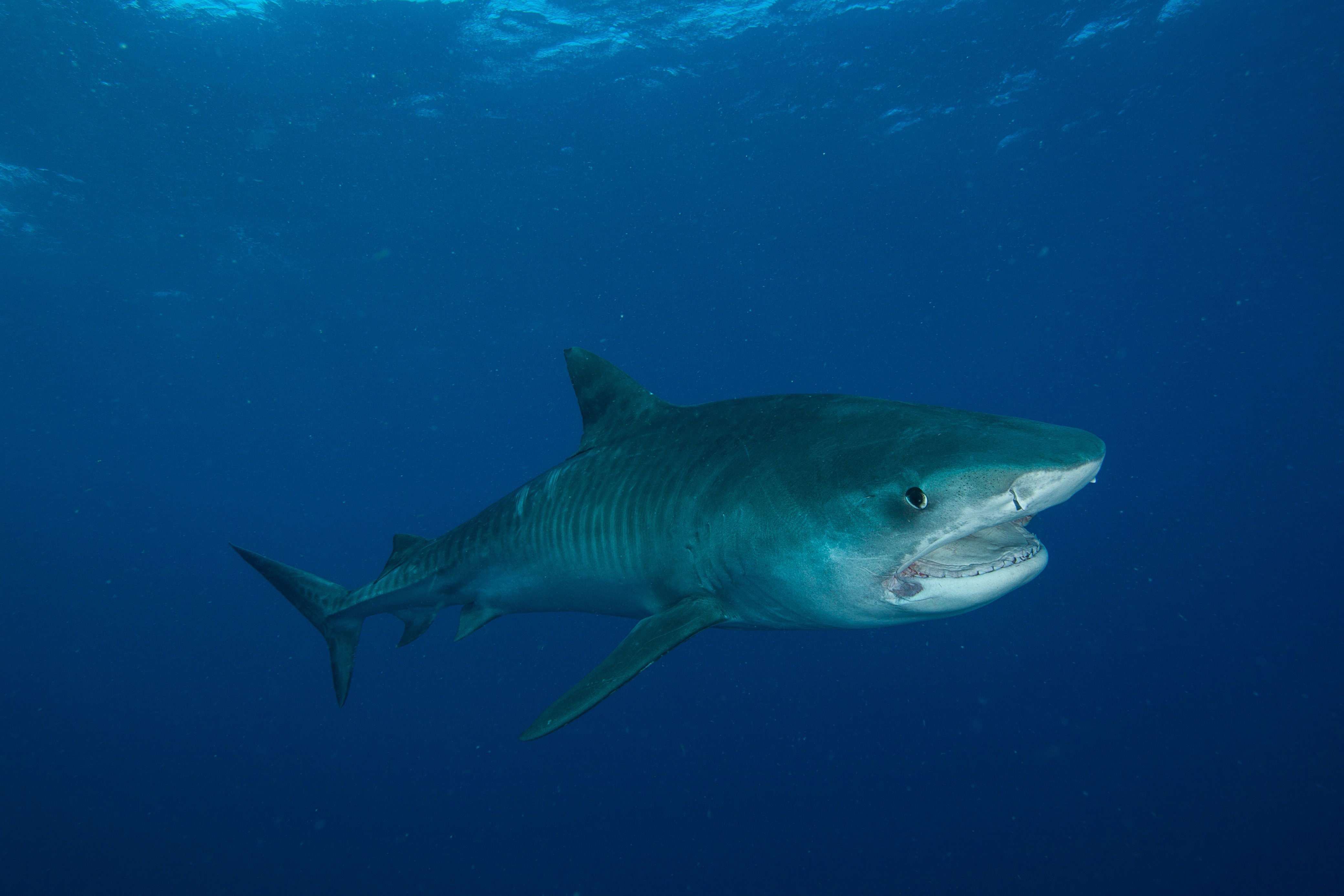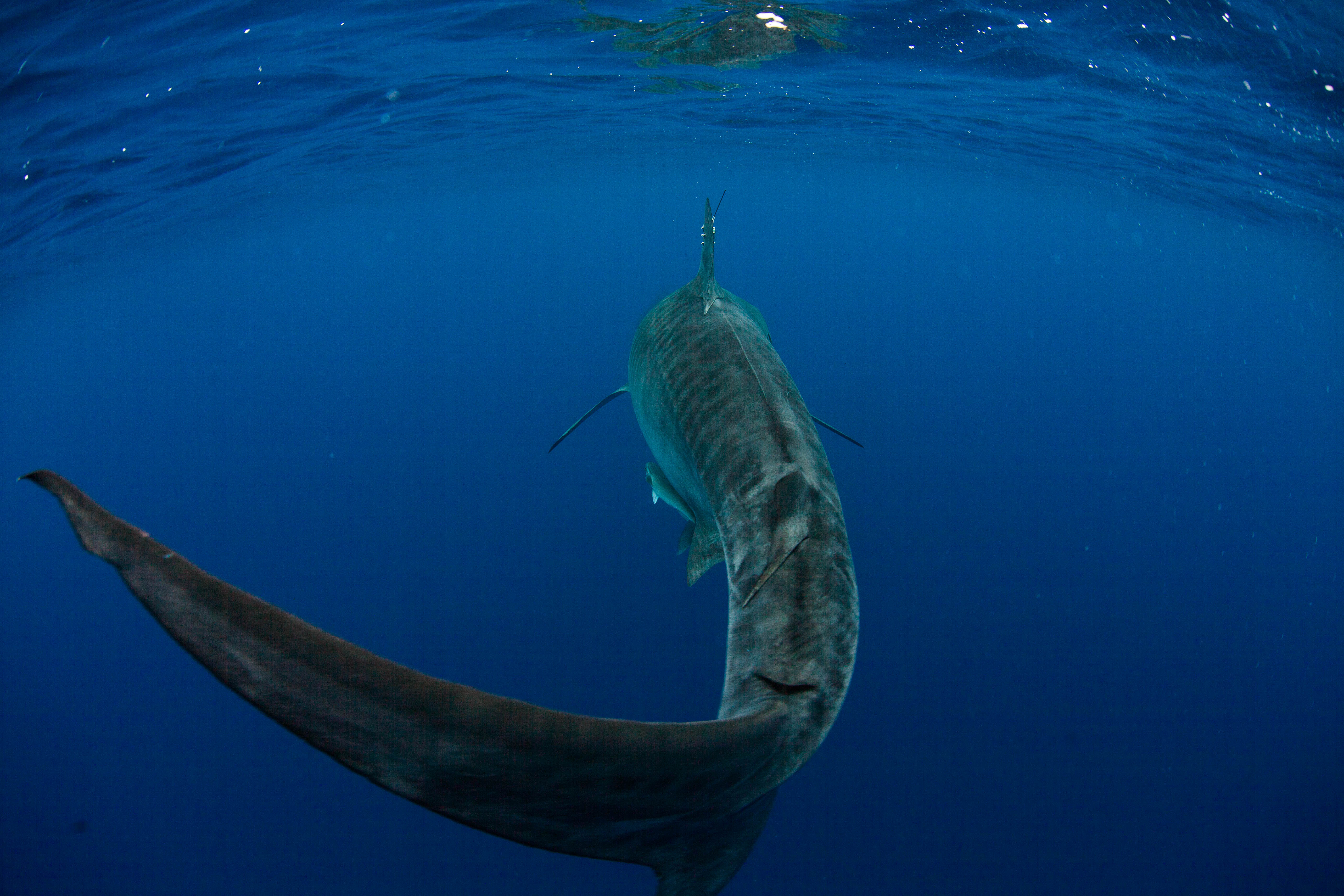Too many sharks?
Are there too many sharks? I was recently asked this question at our study site in Ponta do Ouro Partial Marine Reserve, where we are investigating the balance of risks and refuge areas for tiger sharks in Mozambique and South Africa. In light of what the media often makes out to be an increase in negative human–shark interactions in coastal areas worldwide, many people have come to the conclusion that more shark encounters must mean more sharks. And after two shark incidents in a town about 500 kilometres north of our study site – one of which resulted in the death of a local woman – the question of too many sharks has been on the lips of Mozambican locals, authorities and conservationists alike.

Tiger sharks and bull sharks occur together offshore in Ponta do Ouro Partial Marine Reserve Bull sharks from our study site have been recorded swimming to Inhambane, the location of the recent shark cull about 500 kilometres to the north of our study site, and back. © Photo by Ryan Daly
Although the incidents in Mozambique were ultimately attributed to bull sharks, the Inhambane provincial government issued an indiscriminate shark cull. This was the first I had heard of a shark cull in Mozambique and it reminded me of the reaction to recent shark incidents in Australia and Reunion. However, there was one big difference: the governments of Reunion and Australia had spent millions of dollars on shark research prior to approving shark culls, whereas in Mozambique the provincial authorities that had sanctioned the cull knew very little about the sharks in their region and could not answer important questions relating to the status of local shark populations.

A tiger shark in the Ponta do Ouro Partial Marine Reserve with wounds on the right side of its jaw from fighting a large fishing hook and line. © Photo by Ryan Daly
In general, shark culls appear to be driven primarily by the perception that sharks are too abundant. Yet it is difficult to know how many sharks actually constitute a healthy population because in most parts of the world we have no real idea of shark numbers in the past. We can, however, assess current threats to shark populations and evaluate whether the numbers are now in decline.

A satellite tag on the dorsal fin of this tiger shark will help to answer broad questions about this species’ movements in relation to the various threats that it faces in the Western Indian Ocean. Photo © Ryan Daly
In Mozambique and throughout the Western Indian Ocean, sharks currently face threats that range from offshore commercial fisheries to coastal artisanal fisheries and culling. So far, our research shows that the sharks we find locally are travelling throughout the region and may be exposed to multiple threats within their range. Although we will never know what the historical population of sharks here was, we do know that the threats they face have multiplied and that humans have undoubtedly had a negative effect on them. We hope that further research into habitat use by sharks in the region will enable us to assess current threats and provide a clearer idea of perceived shark abundance in relation to these threats.
